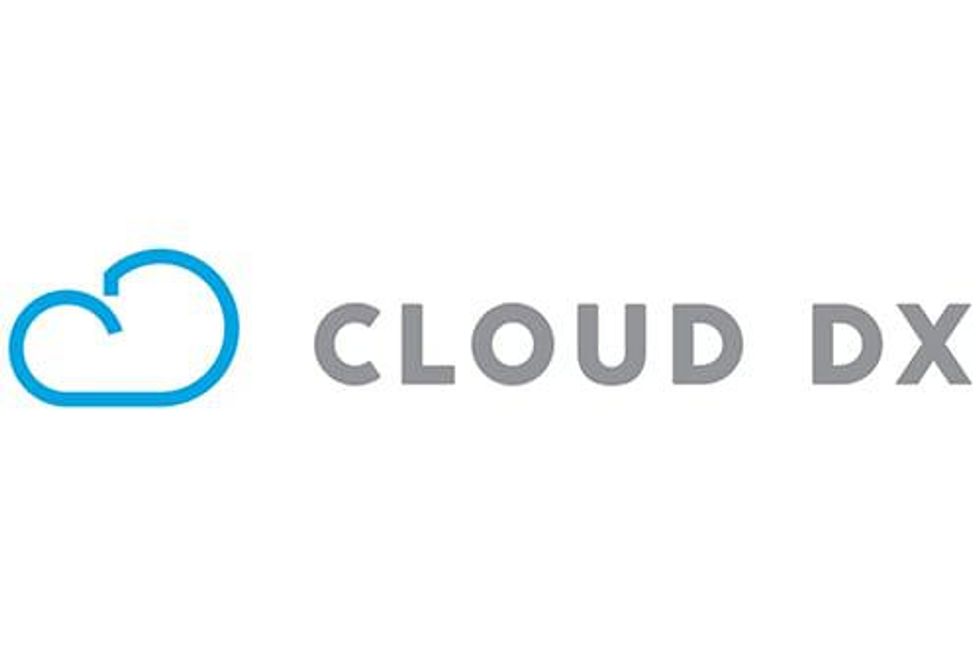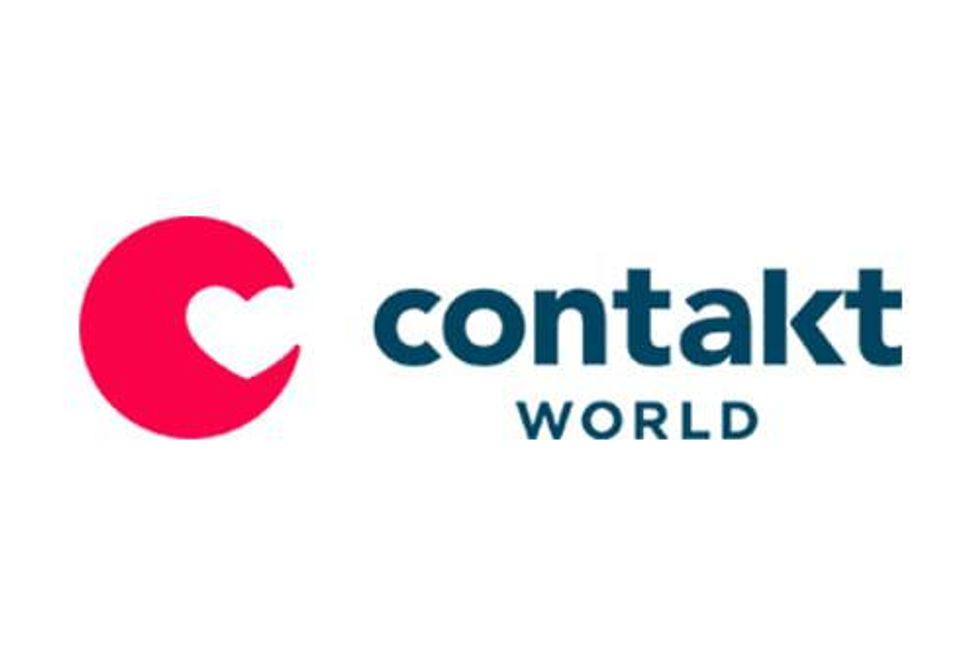Markets Rise Again After Coronavirus Fears Spark Selloff

Monday’s sharp decline activated circuit breakers that caused trading halts for the NYSE, the NASDAQ and the TSX.
Global markets are slowly settling once again after massive selloffs caused a historic downturn on Monday (March 9).
The North American stock markets took a beating at the start of the trading week as oil prices fell to record lows and panicked sellers sold off heavily throughout Monday’s trading session. The action was caused by fears of economic damage connected to the COVID-19 coronavirus outbreak
Early on in the trading day on Tuesday (March 10), however, the S&P/TSX Composite Index (INDEXTSI:OSPTX) and the NASDAQ Composite Index (INDEXNASDAQ:.IXIC) were up almost 2 percent, while the NYSE Composite Index (INDEXNYSEGIS:NYA) rose almost 3 percent over its previous close.
Monday’s sharp decline activated circuit breakers that halted trading for the New York Stock Exchange (NYSE), the NASDAQ and the Toronto Stock Exchange to allow for more measured trading.
All three exchanges hit a level one trading halt just after market open for 15 minutes. These halts are triggered by a decline in the market of more than 7 percent.
Despite the break in trading, indexes for the major exchanges continued to slump.
The S&P/TSX Composite Index fell over 10 percent from market close on Friday (March 6) to the end of the trading session on Monday, marking the worst day for the exchange since the Black Monday of 1987, over three decades ago.
The benchmark index for the NYSE, the NYSE Composite Index, dropped 8.4 percent, while the NASDAQ Composite Index fell 7.4 percent in the same span of time.
Saudi Arabia and Russia’s ensuing oil price war also caused turmoil as negotiations to slow production during the COVID-19 outbreak broke down.
Market volatility as a result of the disease is quickly becoming a frequent occurrence.
Last week, the markets faced a similar drop after the US Federal Reserve made a surprise interest rate cut of half a percentage point as the deadly illness forced some industries to a halt.
US President Donald Trump has since announced plans to ask Congress for an economic relief package to ease concerns about the spread of COVID-19.
In terms of support for the country’s healthcare system, US lawmakers have also put up over US$8 billion to address the virus’ spread, 85 percent of which will be used domestically.
Don’t forget to follow @INN_LifeScience for real-time updates!
Securities Disclosure: I, Danielle Edwards, hold no direct investment interest in any company mentioned in this article.



